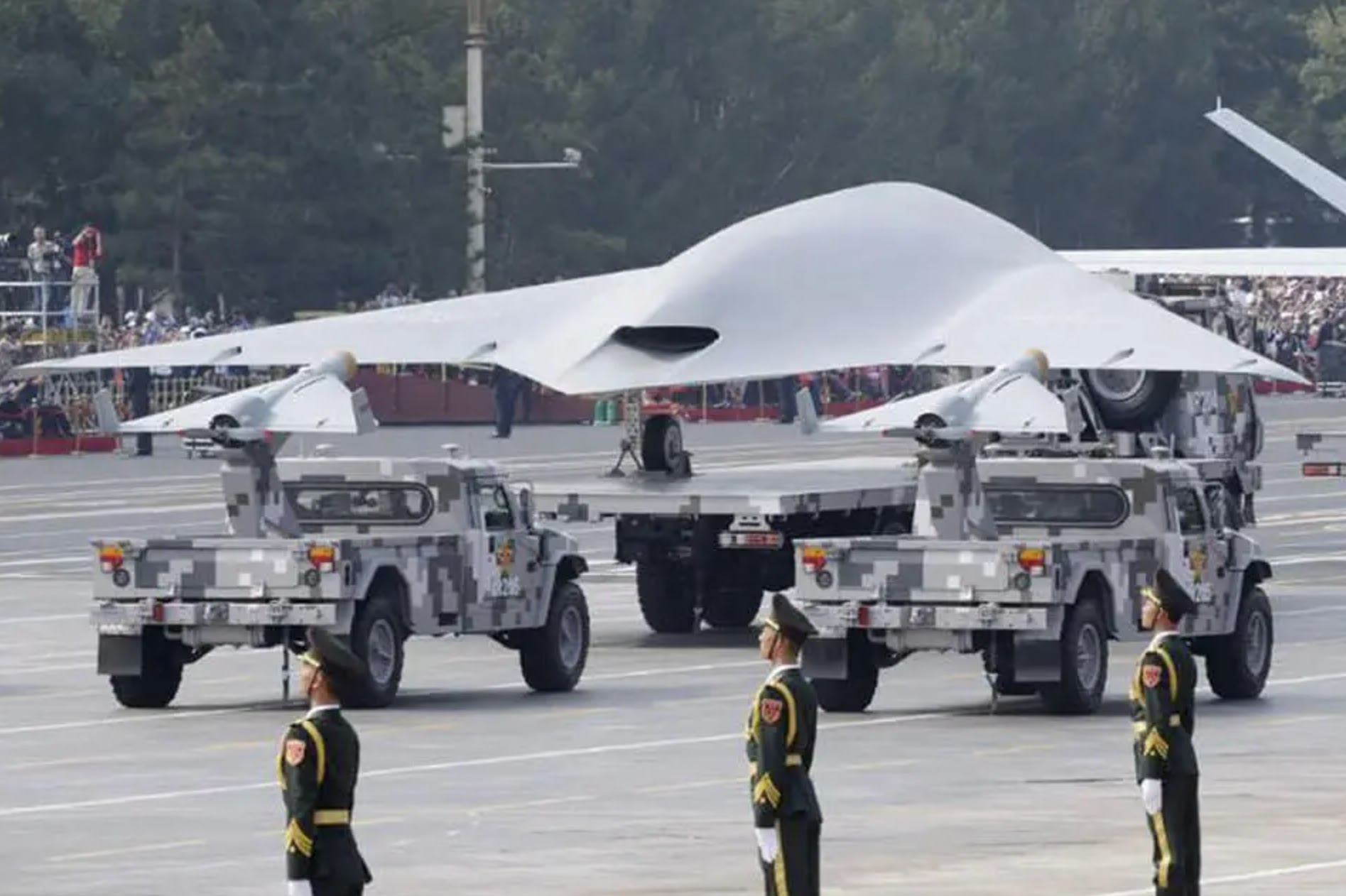DefenseNews: The Zhuhai Airshow, one of the world's most prominent aerospace exhibitions, offered an impressive showcase of China’s advancing military aviation capabilities in 2024. Held in Zhuhai, Guangdong Province, the event featured state-of-the-art aircraft, drones, and weapon systems, highlighting China’s strategic efforts to modernize its military technology and establish itself as a leader in global aerospace innovation.
J-35A Stealth Fighter Debut
A standout revelation at the show was the J-35A, a fifth-generation carrier-based stealth fighter. Designed by the Aviation Industry Corporation of China (AVIC), this aircraft represents China's ambitions to bolster its naval aviation capabilities. The J-35A is expected to serve aboard the Type 003 Fujian aircraft carrier, enhancing its ability to project power in the Indo-Pacific region.
The jet's stealthy design, twin-engine configuration, and advanced avionics make it comparable to the U.S. F-35C. Analysts believe the J-35A’s development underscores China’s aim to close the technological gap with Western military aviation and establish parity in airpower.
Upgraded J-20 Fighters
The airshow also spotlighted advancements in the J-20 "Mighty Dragon," China’s flagship stealth fighter. Now equipped with indigenous WS-10C engines, the latest J-20 models have improved thrust capabilities and enhanced maneuverability. Experts noted visible upgrades, such as serrated exhaust nozzles, which improve stealth performance and overall aerodynamics.
The J-20's increasing production, with over 200 units reportedly in service, signals China’s growing reliance on domestically produced engines, reducing dependence on foreign technology. This fighter’s presence highlights China’s steady progress in stealth technology and manufacturing precision.
J-16 Multirole Aircraft Enhancements
Another highlight was the J-16 multirole strike fighter, which continues to play a pivotal role in the People’s Liberation Army Air Force (PLAAF). Derived from the Russian Su-30, the J-16 integrates advanced radar systems, precision-guided munitions, and electronic warfare capabilities.
The J-16D variant, tailored for electronic warfare, also featured prominently, showcasing its role in suppressing enemy air defenses. The aircraft’s modular design ensures adaptability across various mission profiles, making it a versatile asset in China’s air force arsenal.
Unmanned Aerial Systems (UAS) Innovations
China’s emphasis on unmanned systems was evident in the debut of the WZ-8 supersonic reconnaissance drone and the stealthy GJ-11 combat drone. The WZ-8, capable of near-space operations, offers real-time intelligence-gathering capabilities, essential for modern warfare.
Meanwhile, the GJ-11, a stealthy unmanned combat aerial vehicle (UCAV), showcased its ability to carry precision-guided munitions within concealed weapon bays. These drones reflect China’s commitment to integrating AI and robotics into its military strategy, ensuring dominance in the evolving domain of unmanned warfare.
Strategic Implications
The Zhuhai Airshow demonstrated China’s focus on self-reliance in military technology, particularly with the shift to indigenous engines and components. This progress aligns with Beijing’s broader strategy of reducing dependence on foreign suppliers amid geopolitical tensions.
Additionally, the variety of platforms revealed indicates a well-rounded approach to military modernization, encompassing air superiority, strike capabilities, electronic warfare, and unmanned systems. The emphasis on carrier-based aircraft like the J-35A highlights China’s ambition to project naval power beyond its shores.
Comparisons to Global Competitors
Experts have drawn parallels between the showcased aircraft and their Western counterparts. For instance, the J-35A mirrors many features of the U.S. F-35C, while the J-20 is seen as a response to the F-22 Raptor. Similarly, drones like the WZ-8 and GJ-11 challenge U.S. advancements in high-altitude reconnaissance and stealth UCAVs.
Despite significant progress, challenges remain for China’s defense industry, including quality control, operational reliability, and developing robust logistics chains to support these advanced systems in real-world scenarios.
Economic and Geopolitical Context
The Zhuhai Airshow serves as a platform not only for domestic achievements but also for international partnerships. By displaying cutting-edge technology, China aims to attract foreign buyers and strengthen its position in the global defense market.
At the same time, these developments signal a strategic message to rival nations, particularly in the Indo-Pacific, where tensions over territorial disputes and influence continue to grow. The rapid modernization of China’s military forces underscores its intent to challenge established powers in the region and beyond.
Conclusion
The 2024 Zhuhai Airshow reinforced China’s determination to achieve technological superiority in aerospace and defense. From the debut of the J-35A to advancements in the J-20 and breakthroughs in unmanned systems, the event showcased a blend of innovation, ambition, and strategic foresight.
As China continues to refine its military capabilities, the developments unveiled at Zhuhai offer a glimpse into the future of its airpower strategy, with implications for regional and global security dynamics.























0 Comments